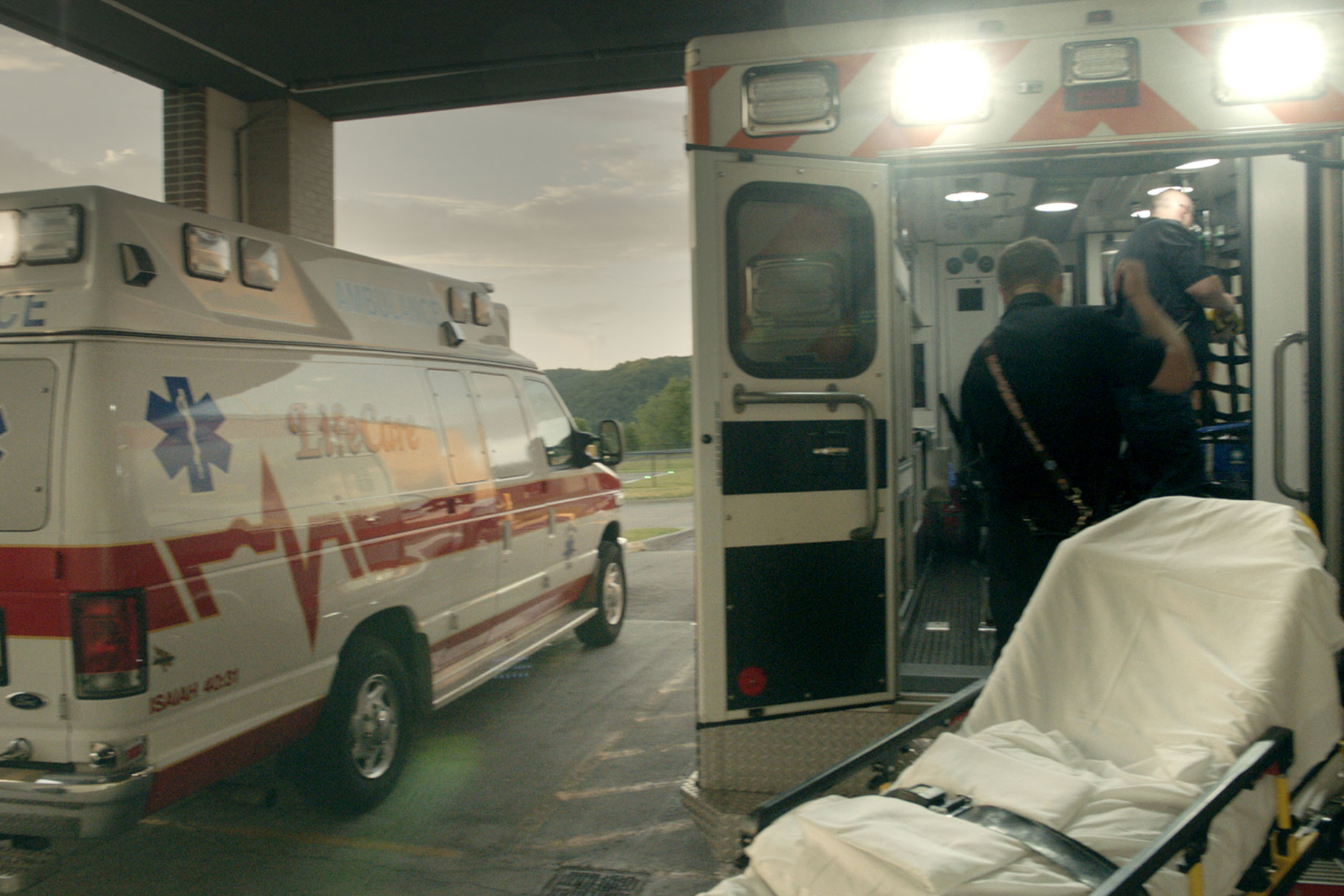Create a free profile to get unlimited access to exclusive videos, breaking news, sweepstakes, and more!
A Suburban Mom Overdosed On Opioids. A New Doc Says Big Pharma Murdered Her
Carol Bosley suffered debilitating pain. OxyContin seemed like a miracle cure. But instead of helping her, it killed her.

Carol Bosley grew up in Utah and met her husband Roy when she was training to be a nurse. They were both devout Mormons and soon married in an LDS Temple, raising their children in the faith as well. “The church was everything to us,” Roy told the Deseret News. For decades, their lives were happy, if a bit predictable. Then, when Carol was 51 she was involved in a serious car accident that left her with chronic pain. She sought relief at LifeTree, a pain clinic, where her doctor prescribed her a relatively new drug: OxyContin.
In Alex Gibney's new documentary, "The Crime Of The Century", the filmmaker makes the case that the opioid epidemic that continues to ravage large swaths of the country was a premeditated, savvily marketed, corporate scheme that politicians, pharmaceutical companies, and wealthy families like the Sacklers – whose company Purdue Pharma introduced OxyContin– continue to benefit from today. Told in two parts, the film argues that greed is the motivating factor behind the hundreds of thousands of opioid-related deaths that have occurred over the last two decades and that companies like Purdue specifically targeted people exactly like Carol Bosley.
Soon after she began treatment at LifeTree, Bosley started behaving strangely. She was paranoid about her prescriptions, often unable to make conversation, food dribbled out of her mouth at the kitchen table and she would pass out doing mundane tasks like folding laundry. Roy was convinced she was being over-medicated.
When Purdue began aggressively marketing OxyContin in the late 1990s, it was indicated almost exclusively for people with the unbearable breakthrough cancer pain and for end-of-life palliative treatment. This was a relatively small pool of potential customers, and thus a relatively small opportunity for profit. Clinicians had historically been hesitant to prescribe large doses of pain medication to patients suffering from more commonplace chronic pain, known in pharmaceutical circles as the “non-malignant pain market” because of the risk of addiction, abuse, and possible overdose. So Purdue found a loophole: using cherry-picked studies, the company told physicians that addiction to the drug was "vanishingly rare." It's a position the Sackler family maintains to this day.
"They were pushing doctors to expand the definition of breakthrough pain and definitely pushing doctors to accept the idea that pain was the fifth vital sign, " Gibney recently explained to NPR. "That there was nothing more important than treating patients' pain, even if it was knee pain for an 18-year-old from a sports injury. You know, "OK, have some OxyContin, it'll be fine. And don't worry, you won't get addicted."
But Roy Bosley was convinced that, not only was his wife desperately addicted, she was in immediate danger from the effects of the medication she took to relieve her pain. In 2008 he accompanied Carol to a visit at Lifetree, expressing his concerns. Still the doctors prescribed her a cocktail of different medications, including sleeping pills and opioids, at higher and higher doses. In 2009, as the couple was preparing to go to their son's home for Thanksgiving, Roy returned from an errand to find his wife lying facedown in the den. She was dead, but still clutching her phone.
Bosley's story echoes hundreds of thousands of others. And it's not getting better. In the years since Carol Bosley's death, opioid related death have "nearly doubled," reports Time Magazine.
The closing scene of "The Crime Of The Century" features devastating audio from a 911 call placed by a mother who has just found the body of her son, dead, from an overdose. It's common to feature 911 audio in true crime documentaries, as it can be used to establish the circumstances and stakes of the story being told. In this case, as the mother's ragged screams go on and on, Gibney establishes that drug-related crime is not always about street-level offenses. Often, it's a crime conducted out in the open, by the institutions we most revere: the government, the medical community, the organizations put in place to keep us safe. Instead, the documentary argues, those institutions have caused pain and death and left a trail of bodies, like Carol Bosley's, in their very profitable wake.

























